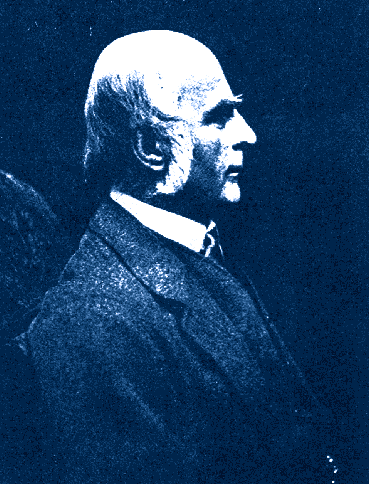

(2015) Person-Centered Communication: Mental Imagery and Imagined Interactions, Person-Centred Communication with Older Adults, ed. (2005) L’imaginaire: Psychologie phénoménologique de l’imagination, Gallimard. (2016) Aphantasia: How it Feels to Be Blind in Your Mind, Facebook, 22 April 2016. (2015) Mental Imagery: Functional Mechanisms and Clinical Applications, Trends in Cognitive Sciences, 19, 590-602.

(2015) The heterogeneity of mental representations: Ending the imagery debate, Proceedings of the National Academy of Sciences, 112 (33), 10089-10092. (1995) The Cognitive Neuroscience of Mental Imagery, Neurophysologia, 33/11, 1335-44. (2018) The blind mind: No sensory visual imagery in aphantasia, Cortex, 105, 53-60. (2017) Aphantasia: Experiences, Perceptions, and Insights, Oakamoor: Dark River. (2017) Imagination, représentation et impression: Quelques remarques grammaticales de Wittgenstein, Bulletin d’analyse phénoménologique, XIII 2, 91-107. (2014) Episodic simulation and episodic memory can increase intentions to help others, PNAS, 111/12, 4415-20. (2020) A world without imagination? Consequences of aphantasia for an existential account of self, History of European Ideas. (2007) Effect of mental imagery on the development of skilled motor actions, Perceptual and Motor Skills, 105, 803-26.įox-Muraton, M. (2009), Conflicting Intuitions may be based on differing abilities: Evidence from mental imaging research, Journal of Consciousness Studies, 16(4), 45-68.įontani, G. (2020) A cognitive profile of multi-sensory imagery, memory and dreaming in aphantasia, Scientific Reports, 10. (1985) Defective revisualization: dissociation between cognitive and imagistic thought case report and short review of the literature, Cortex, 21(3), 375-389. (1883) Clinique des maladies nerveuses: un cas de suppression brusque et isolée de la vision mentale des signes et des objets: formes et couleurs, Imprimerie Alcal-Lévy.īotez, M.I.

The paper argues that 1) communicating about mental imagery involves language games that persons with aphantasia may not be able to play (i.e., makes reference to expressions and concepts that are meaningless for them, such as ‘visualise,’ ‘form an image,’ etc.) 2) that as a consequence aphantasia, in present research, is only describable negatively (as lack or incapacity) 3) that rather than a cognitive or a psychological issue, aphantasia should be understood as a grammatical one and 4) that we need to invent new language games in order to come to a better understanding of conditions such as aphantasia, and to be able to appreciate the rich diversity and variability of human experience.īernard, D.A.F.
#Galton aphantasia full
While it is generally supposed that we all have rich mental lives full of imaged representations, estimates suggest 2-3% of the population may have never formed an image or seen ‘in the mind’s eye.’ This paper aims to address the scepticism surrounding aphantasia, the challenges in communicating about mental imagery, and the research methods used in cognitive sciences today through the lens of Wittgenstein’s philosophy. Congenital aphantasia, or the complete absence of mental imagery, is a topic that has recently aroused the interest of researchers in many fields including philosophy, psychology and cognitive sciences.


 0 kommentar(er)
0 kommentar(er)
